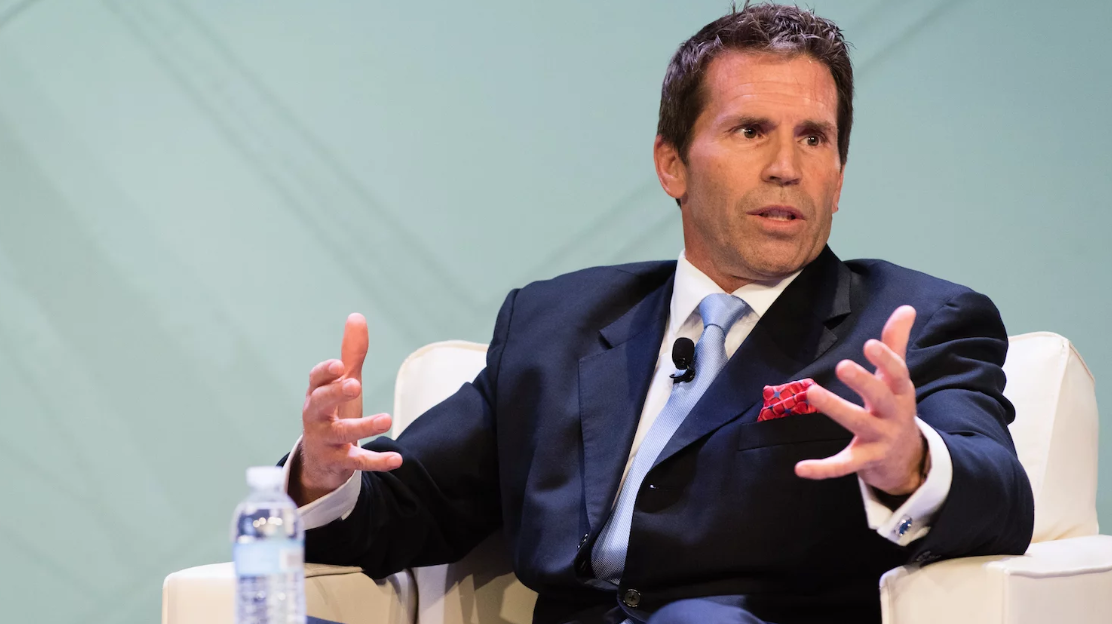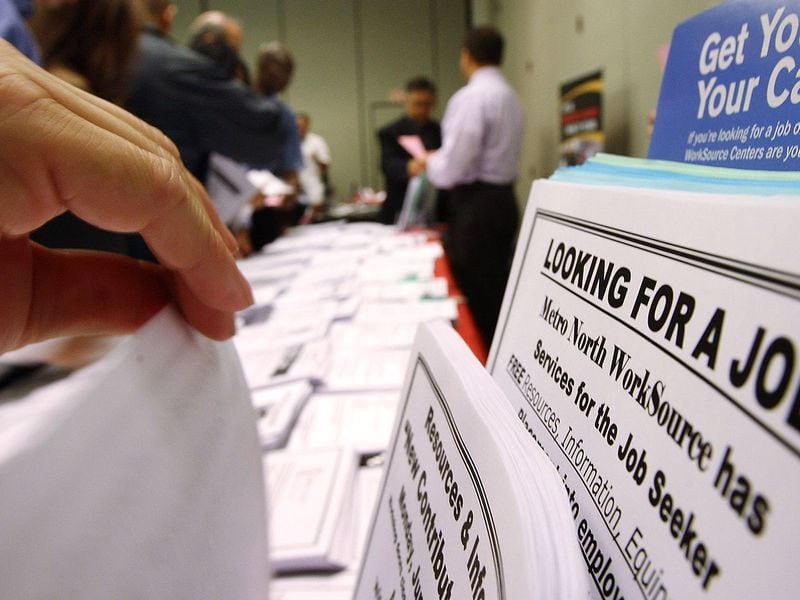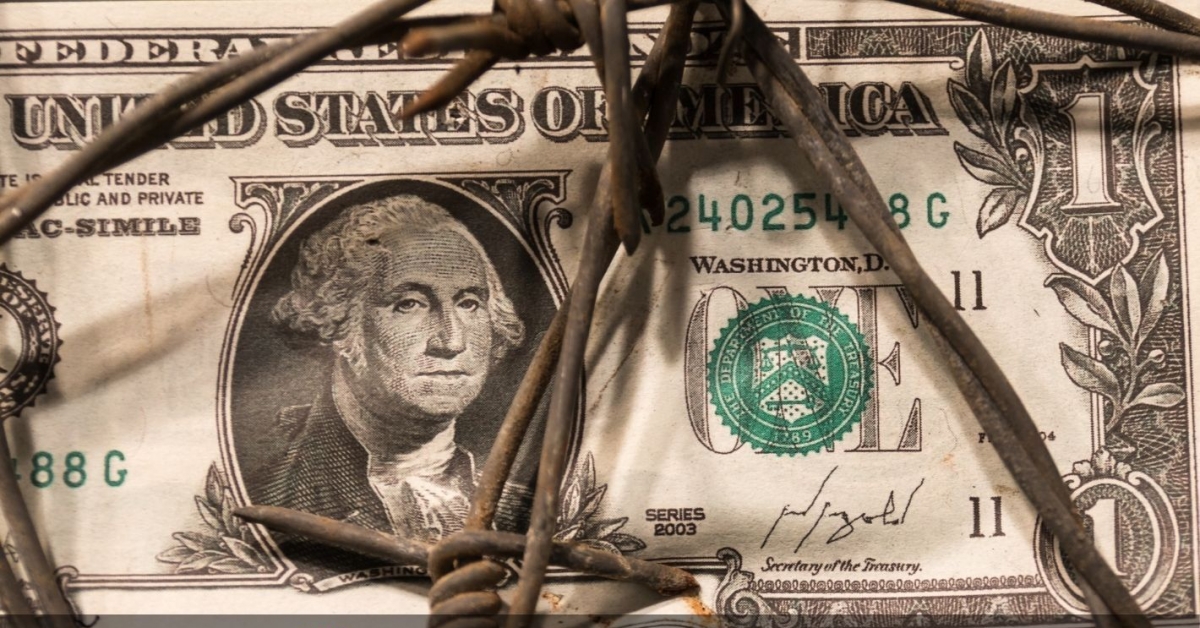Tearing Down Monuments Isn’t Censorship – It’s Speech
Plinth for what used to be Edward Colston’s statue, Bristol, the U.K. (Caitlin Hobbs/Wikimedia)
Tearing Down Monuments Isn’t Censorship – It’s Speech
Jill Carlson, a CoinDesk columnist, is co-founder of the Open Money Initiative, a non-profit research organization working to guarantee the right to a free and open financial system. She is also an investor in early-stage startups with Slow Ventures.
There was a practice in Ancient Rome called damnatio memoriae. Literally “the condemnation of memory,” this referred to the removal of a person’s name and visage from public records. These purges were an official practice, decreed by the emperor or ratified by the senate. This was a punishment meted out to lowly traitors and to former emperors alike. Statues of the condemned individuals were removed, beheaded or creatively reworked to represent somebody else. Their names were erased, chiseled out of stone inscriptions and ink-blotted over on papyrus scrolls. In paintings, their faces were scrubbed away.
In 2020, we might say they were “cancelled.”
Over the last few weeks, in the wake of Black Lives Matter protests around the world, I have been flooded with images of a modern damnatio memoriae. In Montgomery, Ala., they have at last torn down the Confederate general, Robert E. Lee. In Boston, Christopher Columbus has been decapitated. The protestors in Bristol, U.K., not only tore down the statue of slave trader Edward Colston, they rolled the bronze effigy through the streets and pushed him into the harbor. Just as Roman emperors could find themselves the subject of damnatio memoriae, even the likeness of Winston Churchill – a man who, to many, remains a celebrated war hero and the original anti-fascist – has become the subject of defacement, tagged with graffiti that calls out the man’s imperialist past and points to his role in tragedies such as the Bengal Famine.
Everywhere these statues and protestors meet, there rings an outcry against censorship. British Prime Minister Boris Johnson himself has stood up in defense of the monument to Churchill.
We cannot now try to edit or censor our past. We cannot pretend to have a different history. The statues in our cities and towns were put up by previous generations. They had different perspectives, different understandings of right and wrong. But those statues teach us about our past, with all its faults. To tear them down would be to lie about our history, and impoverish the education of generations to come
Johnson’s sentiment has been echoed by historians throughout time. The ancient Roman historian Livy said something similar in the opening of his history of Rome:
What chiefly makes the study of history wholesome and profitable is this, that you behold the lessons of every kind of experience set forth as on a conspicuous monument; from these you may choose for yourself and for your own state what to imitate, from these mark for avoidance what is shameful in the conception and shameful in the result.
There are two assumptions upon which both of these statements rely.
The first assumption is that statues, portraits and inscriptions are descriptive rather than normative; that they just show the facts of people, places and things that viewers can interpret for themselves. In other words, there is no value judgment implicitly associated with monuments.

But monuments, by their nature, are normative. They place individuals and their actions on literal pedestals, holding them up as examples to be emulated.
The second assumption is that history is static, that monuments, and the figures and deeds they represent, are relics of the past.
In fact, monuments are and have always been living, breathing artifacts of the evolving present.
Today, many view the act of tearing down statues as an effort to “censor the past,” to borrow Johnson’s words. Reframed, however, the act of defacement or destruction can become a part of each statue’s past. To tear them down is not necessarily, as Johnson would have it, “to lie about our history, and impoverish the education of generations to come.”
By all means, continue to educate generations to come about these men. Educate generations to come about these statues. And finally, educate generations to come about why some of these statues were defaced or removed. Removing or altering monuments to fit the morals and values of the day is not censorship. It is an act of speech in and of itself.
Rather, the act of scrubbing becomes a part of history.
Amid all the hand-wringing about erasing history, we forget that history is constantly being erased, rewritten and erased again. This is what makes the study of history wholesome and profitable: to recognize that history is continuously reinterpreted and that the evolution of interpretations can tell us as much about ourselves as it does about those who lived tens or hundreds or thousands of years ago. Attempts to scrub a person from a public monument do not need to result in scrubbing that person from history altogether. Rather, the act of scrubbing becomes a part of history. It is worth noting that even 2,000 years later we are very much aware of the Roman practice of damnatio memoriae and continue to study the histories of those against whom it was used.
I am reminded here of a practice stemming from another ancient culture. Kintsugi (“golden joinery”) is the Japanese art of repairing broken ceramics using gold, silver or metallic-colored lacquer. Rather than abandoning the broken piece to the trash or attempting to disguise the breakage, Kintsugi highlights the cracks and incorporates them into the new history of the piece. Kintsugi acknowledges and accentuates the imperfections of the object and its past. I view damnatio memoriae and the modern removal of statues in much the same way. The practice of removing monuments is not about erasing the past. Perhaps, instead, it is about highlighting and starting to mend some of the places it is broken.
Disclosure
The leader in blockchain news, CoinDesk is a media outlet that strives for the highest journalistic standards and abides by a strict set of editorial policies. CoinDesk is an independent operating subsidiary of Digital Currency Group, which invests in cryptocurrencies and blockchain startups.









